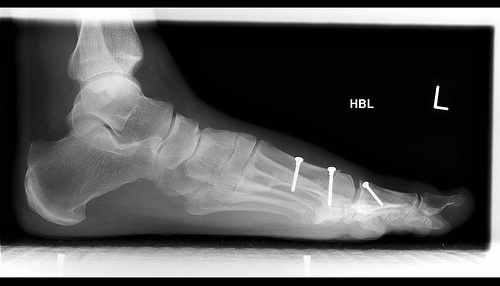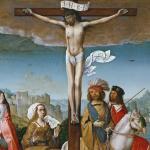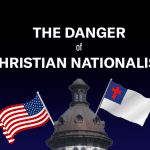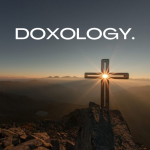As you might have guessed from the titles of these posts, the most substantive issue raised in the comments on my earlier rant was the question of authority. That is, from whence will authority come in the emerging church? And why are we to think that this authority will be any less corrupt than the authority under which our churches now suffer? I’ll do my best to speak to these questions. First, however, I want to explicate the issues I have with the church structures as we now have them.
Modern denominations are just that, modern. I don’t mean that in some sort of “modern:bad::postmodern:good” analogy. I mean that they grew up in a time of rapid insitutional growth in the West (that is, Europe and the U.S. (I’m not referring to cowboy churches)). During the Industrial Revolution and following, institutional growth was dramatic: corporations, nation-state governments, and universities are just three of the categories of organizational growth during that time.
Protestant denominations also multiplied like bunnies during the Modern Epoch. Some of this, of course, was good — it allowed for theological diversity in the shadow of the monolithic and theologically stultifying Roman Catholic Church. But, let’s be honest, it got a little out of control — someone should have neutered the rabbit after it had a few dozen (instead of a few hundred) children.
And it doesn’t take much scratching beneath the surface to see that the modern denominations mimicked their secular peers in their structures: by-laws, constitutions, democratic voting procedures, courts of (canon) law(!), business meetings, Robert’s Rule of Order, etc., etc., etc. Our education model was an unadulterated copy of education literature in public schools (don’t even think of arguing with me on this one); our Sunday school classes are broken up along the same lines as public school demarcations.
In short, whether they are hierarchical (Episcopalian, etc.), presbyterian (PC(USA), etc.), or congregational (U.C.C., etc.) in polity, all of these Protestant denominations merely mirrored the surrounding culture in their organizational structure. Now this, in and of itself, is not necessarily bad. No matter what a Baptist tells you, the Bible has very little to say about polity. It does make sense to organize in a way that seems familiar to the people who are attending the church.
The rise of Evangelicalism in the final quarter of the 20th century saw an even more insidious marriage of church and culture. Evangelical leaders in the U.S. overtly copied corporate marketing strategies for their churches, parachurch organizations, and denominations/associations. Books, conferences, and websites touted strategies by which a church could grow and grow — growth suddenly becoming the measure of gospel success. ‘Nuff said on that account, right?
And theological education was no better, simply adopting the prevalent model of higher education, the liberal German university: publish or perish, residential students, tenure, endowed chairs, examinations, and layers and layers of administration (trust me on this one).
All that to say, organizations started for the best of intentions reify and homogenize over time(called “Institutional Isomorphism” by sociologists). My contention is that the organizations by which we connect churches have done just that; and, in fact, most of our churches have done that, too.
So, what do I propose that emerging churches do differently so as not to fall into these traps? Patience, my friend. I’ve got to study now.
PS: One more thing. Even if you are a strict pragmatist, Robert Wuthnow has conclusively shown in The Restructuring of American Religion that Americans care less and less about denominational affiliation all the time — and that goes for liberals, moderates, and conservatives. So who’s keeping these things going if the people who go to churches don’t care about them? I’ll give you one guess.















